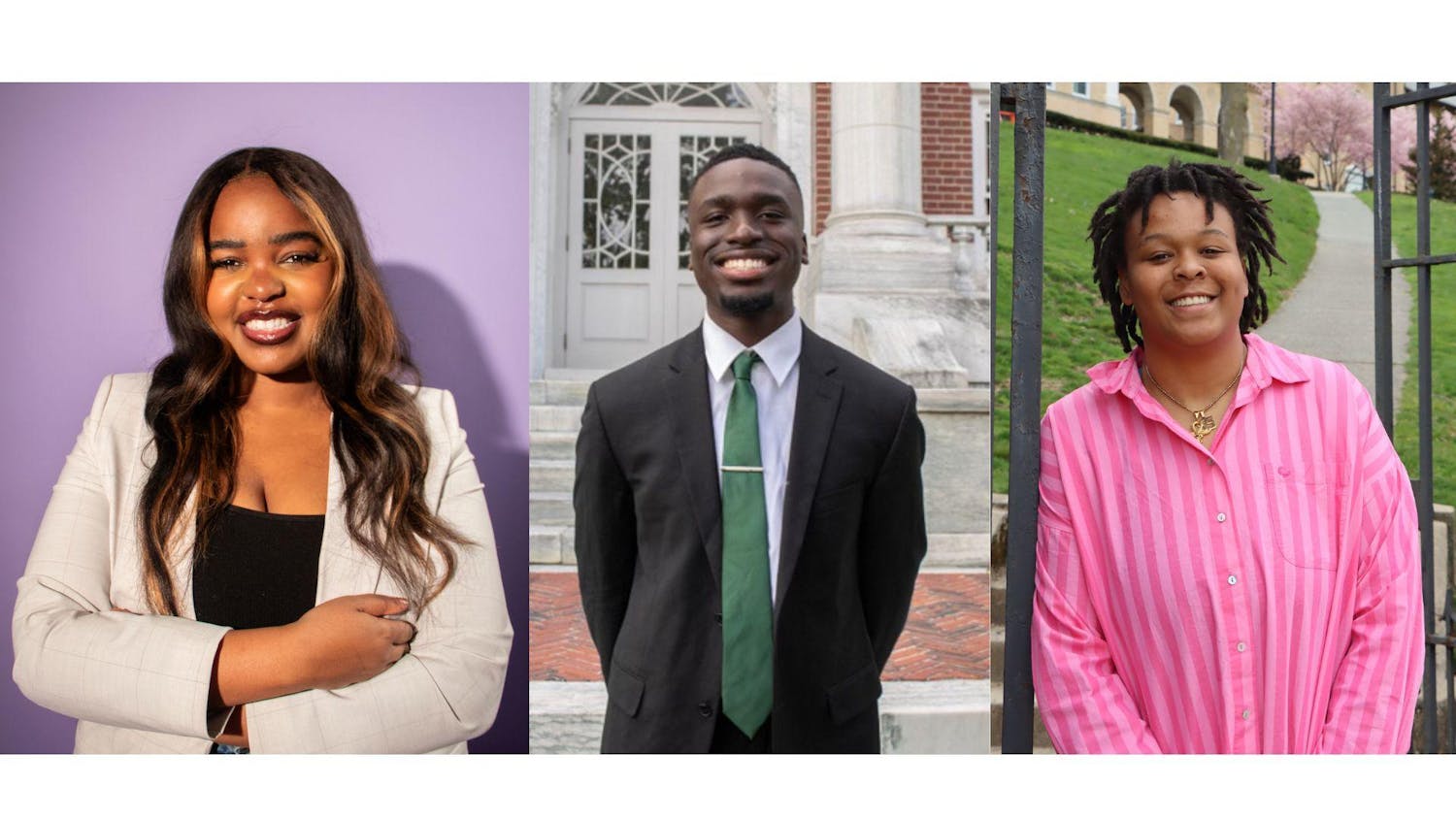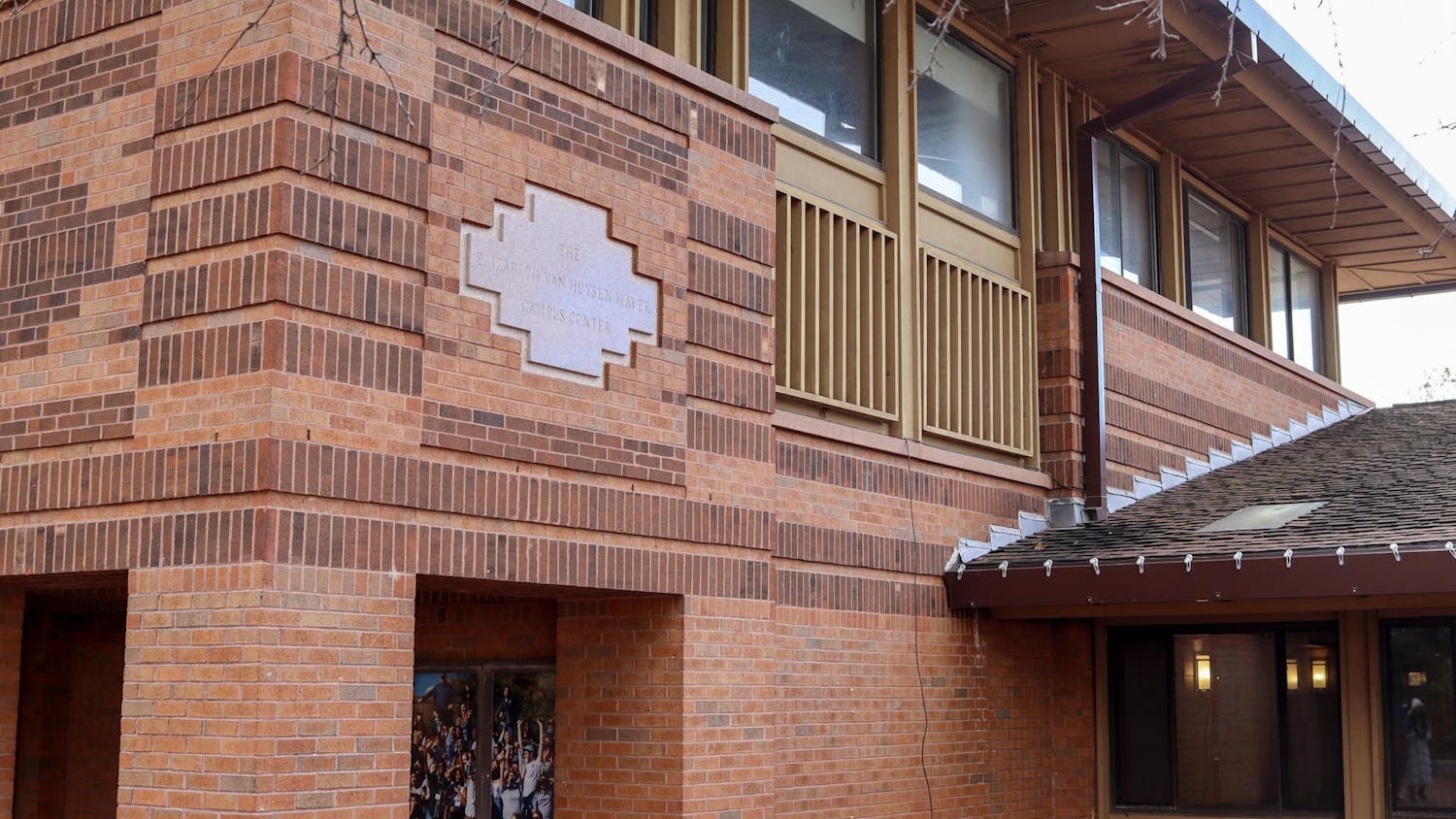The Tufts endowment has grown from $1.47 billion at the end of fiscal year (FY) 2013 to $1.6 billion at the end of FY 2014, according to the university's Annual Financial Report. This increase seems to be part of a larger trend.
Christine Sanni, executive director of advancement communications and services, explained that the university’s endowment has seen rapid growth over the past three decades, in part due to large fundraising campaigns.
“In 1980, the endowment was $38 million, and since 1980 we’ve had five comprehensive campaigns,” she said. “The last big fundraising effort we had was called Beyond Boundaries, and that campaign ended in 2011, and it raised $1.2 billion, so every campaign we have raises a substantial amount for the endowment.”
Eric Johnson, vice president for university advancement, said comprehensive campaigns elevate the base level of giving.
“Last year we raised $92 million; this year we’ll be close to or exceed that $92 million figure," he said. "Prior to the last campaign, our base level was more in the $50 to $60 [million] range."
Sanni added that every year, about 30 to 50 percent of funds raised go into the endowment. For example, in FY 2014, $92 million was raised, and $31 million of that went into the endowment, as was stipulated by donors, she said.
Johnson noted that the endowment plays a large and direct role in providing students with financial aid.
“People who make endowment gifts for financial aid know that money is restricted for student aid, and that has been one of the focuses of our fundraising,” he said.
Laurie Gabriel (J '76), Board of Trustees investment committee chair, added that the growth of the endowment has enabled the university to keep rising tuition costs lower than they otherwise would have been. It also has allowed funding for many projects and facilities on campus along with programs and financial aid that otherwise would not exist, she explained.
“As we look forward, and as the university grows and changes, we hope that the endowment will continue to grow and potentially support a larger portion of the annual expenses that the university has in providing the high-quality education to all of our students,” she said.
While fundraising is an important part of the endowment’s growth, there are other equally important factors, such as investment performance, Johnson said.
According to Gabriel, there are three factors that affect the level of any endowment: returns earned on money invested, gifts and the return on those gifts and the amount of money spent from the endowment every year. This year, the university will spend over $70 million from the endowment, she noted.
The endowment is primarily invested in co-mingled funds, in which the university joins with other investors and collectively give their assets to a group of investment managers, Gabriel explained.
“We invest in the public equity market, the stock market, that is," she said. "We invest in the fixed income markets, we invest in some hedge funds and in some private investments. That kind of structure is fairly typical for all university endowments. I would say that Tufts tends to be financially prudent in all of its operations and that our endowment tends to follow that line and tends to have a somewhat lower-risk profile than some other college endowments.”
Tufts’ endowment had a return of 5.8 percent per year over the last 10 years, which is a typical rate of return for endowments, according to Gabriel. She explained that the university spends five percent of the endowment’s value each year and noted that the effects of inflation also add to the endowment's costs.
“So in fact our goal is to achieve a higher return than that, a return that would offset the effects of inflation plus spending,” she said.
According to Gabriel, the purpose of the endowment is to support the university in its annual operations on a “forever” basis.
“We assume that the university will be around forever, that it's going to have a mission of educating students and doing high-quality research ... and the endowment is there to help and support that mission,” she said.





